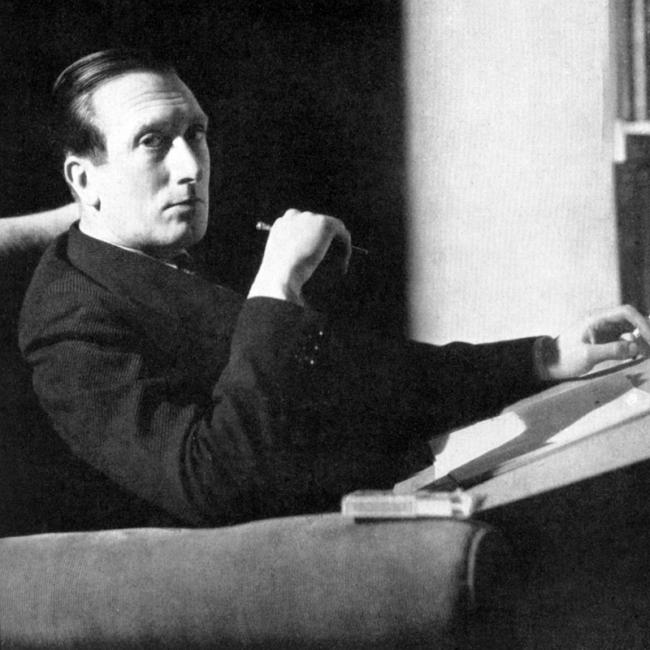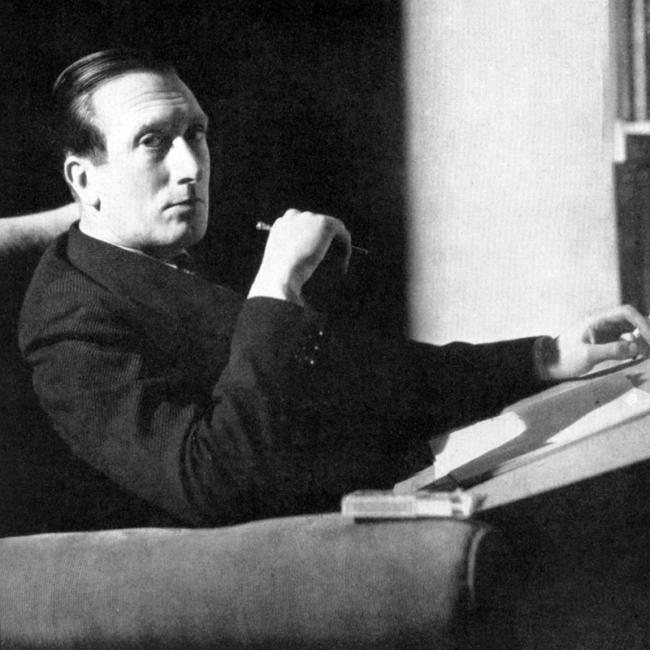
Friday April 21, 2017 – 7:30 pm
Sunday April 23, 2017 – 2:00pm
Sunday April 23, 2017 – 7:00pm
Walton spent World War II writing film scores, including the music to Henry V (he had originally wanted to serve as an ambulance driver, but after he landed several ambulances in the ditch, the government decided that he would be more useful as a composer). In the summer of 1945, months after the end of the war in Europe, Walton set to work on a string quartet. He had written no major works since the Violin Concerto of 1939, and Walton–a careful craftsman–required nearly two years to complete the quartet. The first performance, by the Blech String Quartet, took place on a BBC broadcast on May 4, 1947.
All of Walton’s considerable virtues are evident in the String Quartet in A Minor: a clear sense of form, incredible rhythmic energy and virtuoso instrumental writing. The quartet is remarkable for the central role it assigns to the usually-neglected viola—much of the characteristic sonority of this quartet originates with mid-range sound of that instrument, which announces a number of the quartet’s main ideas. The opening Allegro is in sonata form. It begins with the two central voices— second violin and viola—in two-part counterpoint, from which the viola spins out the long and haunting main idea that will dominate this movement. At some points this music spills over with a nervous, almost pointillistic energy, and for extended periods Walton changes meters every measure. The development is built around a fugato introduced by the viola and derived from that instrument’s opening statement. In its closing moments, this movement seems to lose its energy and glides to silence on the lonely sound of the second violin’s sustained fourth.
The second movement, a scherzo, goes like a streak. Marked Presto, it is barred in 3/8, and each of those brief measures seems to whip past in a micro-second. This is virtuoso music, full of leaps, trills and accidentals; its pace broadens slightly at the ringing climax, and suddenly it has vanished. Walton mutes his instruments for the Lento, with the viola laying out the long opening idea, marked espressivo; over pizzicato accompaniment from the cello, the viola also introduces the theme of the central episode. This is an extended movement, and matters play up to a great climax, performed without mutes, before falling away to the quiet close. The concluding Allegro molto returns to the energetic manner of the second movement, but there is a hard- edged brilliance about this finale: long passages are written in unison, and the blistering pace of non-stop sixteenth-notes gives this music the feel of a perpetual motion, with the melodic line whipping around between the four instruments. This is a ternary form movement, with the lyric central episode (quite brief) introduced by the second violin. The opening material quickly returns, and the Quartet in A Minor flies to its exciting close on unison hammered A’s.
—Eric Bromberger

